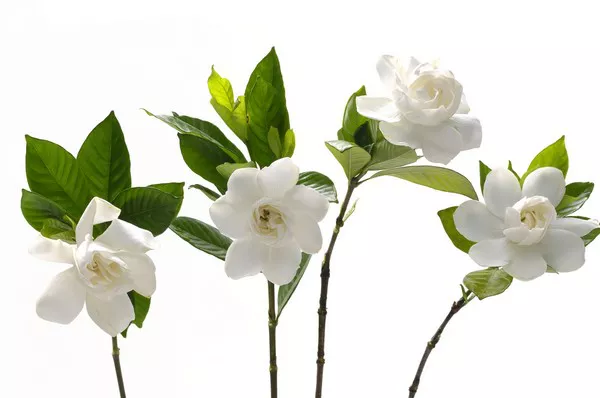Edelweiss, a delicate and rare flower native to the Alpine region, has captivated the hearts of many with its enchanting beauty and unique characteristics. These small, white blossoms are not only beloved for their aesthetic charm but also hold profound symbolic meanings in various cultures across the globe. In this article, we will delve into the symbolism and cultural significance of edelweiss flowers, exploring their historical context, traditional uses, and connections to romance and adventure.
1. The Symbolism of Edelweiss Flowers
Endurance and Resilience
Edelweiss flowers are often regarded as symbols of endurance and resilience due to their ability to thrive in harsh alpine environments. Growing in rocky, high-altitude terrains, these blooms have become synonymous with the strength to overcome adversity, making them a popular choice in celebrations of achievements, milestones, and overcoming challenges.
Love and Devotion
In many cultures, edelweiss flowers symbolize love and devotion. The rarity and difficulty of finding these blossoms have led to the association of the flower with everlasting love, making them a cherished gift for expressing deep affection and commitment to loved ones.
Purity and Innocence
The pristine white color of edelweiss flowers often represents purity and innocence. This symbolism is often used in weddings and religious ceremonies to signify the purity of love and the beginning of a new, sacred journey.
2. Historical and Cultural Context
Alpine Folklore and Traditions
Edelweiss has been intertwined with Alpine folklore for centuries. In the Alpine region, it was believed that the flower’s beauty was a reward from fairies or mountain spirits, adding to its allure and mystical appeal. Moreover, many Alpine cultures have used edelweiss in traditional medicine for its perceived healing properties.
The Edelweiss in Literature and Art
Throughout history, edelweiss has inspired numerous poets, writers, and artists. In literature, it often serves as a metaphor for rare beauty, courage, and love. Renowned authors like Johann Wolfgang von Goethe and Wilhelm Tell have referenced the edelweiss in their works, further cementing its cultural significance.
3. Edelweiss in Modern Times
Conservation Efforts
Due to its rarity and increasing popularity, edelweiss faces the threat of over-harvesting and habitat destruction. As a result, conservation efforts have been initiated to protect this precious flower and preserve its natural habitat for future generations.
Edelweiss in Music and Cinema
The enduring charm of edelweiss flowers has also left an indelible mark on popular culture. The iconic song “Edelweiss” from the musical “The Sound of Music” pays homage to the flower and its symbolic significance, resonating with audiences worldwide. Additionally, edelweiss has made appearances in various movies and TV shows, further perpetuating its cultural relevance.
4. Edelweiss as a National Symbol
The Edelweiss in Austria
In Austria, edelweiss is considered a national symbol and holds great pride in the hearts of the Austrian people. It represents the country’s rugged beauty and resilience, and its significance can be seen in emblems, logos, and traditional attire.
The Edelweiss in Switzerland
Similarly, Switzerland has embraced the edelweiss as a cultural emblem, representing the spirit of the Alpine nation. It has been featured on Swiss coins and military insignias, showcasing its importance as a symbol of Swiss identity and pride.
5. Edelweiss in Gardening and Floristry
Cultivation and Growing Edelweiss
Despite the challenging conditions required for their growth, enthusiasts have taken up the challenge of cultivating edelweiss in controlled environments. Gardening enthusiasts and botanical experts work to propagate these delicate blooms to ensure their preservation and accessibility to a broader audience.
Edelweiss in Floristry
Edelweiss’ delicate appearance and symbolic meanings make it a sought-after addition to floral arrangements. It is often incorporated into bouquets for weddings, anniversaries, and other special occasions, adding a touch of elegance and meaning to floral expressions of love and devotion.
Conclusion
The edelweiss flower’s allure lies not only in its enchanting beauty but also in the profound symbolism it carries in diverse cultures. Throughout history, this rare bloom has inspired stories of love, courage, and endurance, making it a cherished emblem in various contexts. As we continue to appreciate and celebrate the edelweiss flower, let us also remember the importance of preserving its natural habitat and safeguarding its existence for generations to come.


